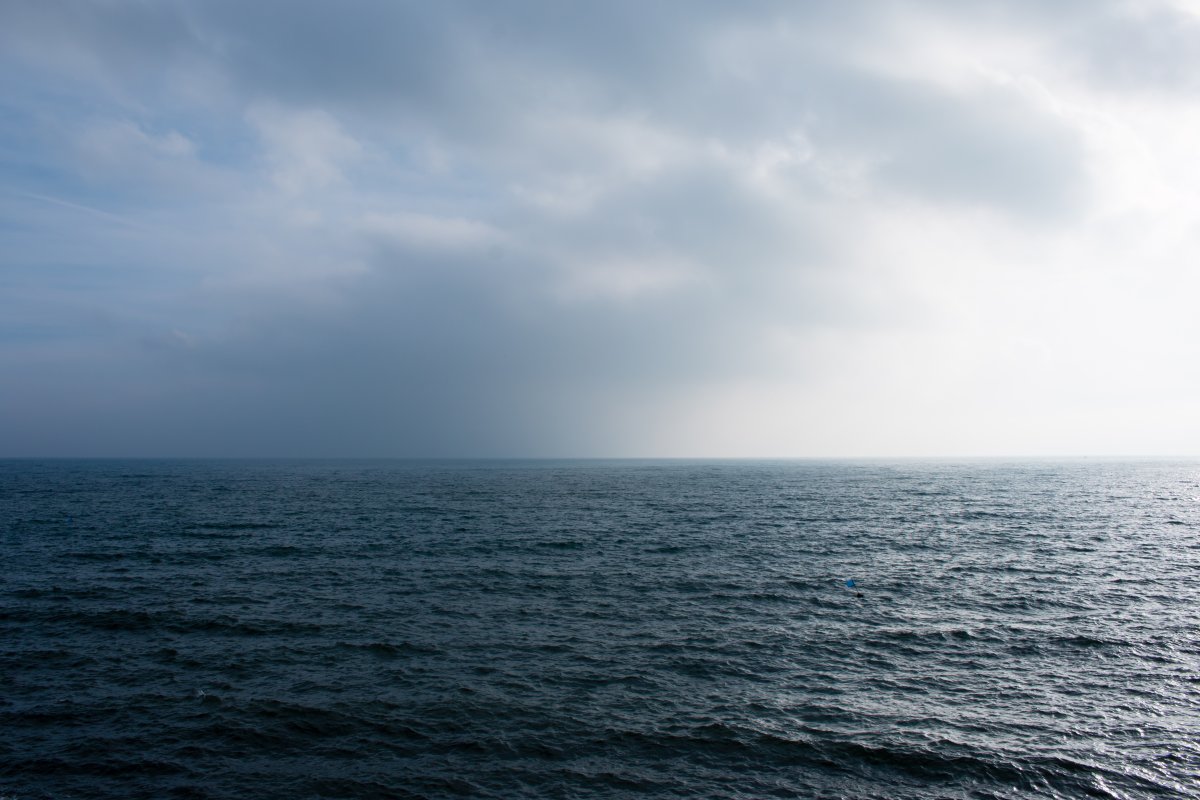The oceans are filled with plastic waste, forming huge floating eddies of garbage known as garbage patches. However, these patches have also become home to a specialized ecosystem known as the Neuston, made up of animals, plants, and microorganisms that live directly under the water surface. These organisms, known as the “blue fleet,” are particularly abundant in areas with high amounts of plastic waste. Removing garbage from the oceans could potentially threaten these ecosystems.
The Sargasso Sea east of Florida is the only known region with high densities of Neuston, and researchers suspected that these organisms could also exist within the world’s great garbage patches. These vortices are created when surface currents carry plastic pollution off shores and into regions where rotating currents trap the floating objects. There are at least five such vertebrae contaminated with plastic worldwide, with the most extensive being the Great Pacific Garbage Patch between Hawaii and California.
Recently, a team of researchers from Georgetown University lead by biologist Rebecca Helm conducted research aboard the “The Vortex Swim” campaign, which aimed to raise awareness of marine pollution. The team collected daily samples and found that more neustonic marine life existed within the North Pacific Gyre than on its margins. Plastic waste correlated with the frequency of three genera: sail jellyfish, violet snails, and blue button jellyfish.
The study found that Neuston organisms serve as an important food source for seabirds, fish, and turtles. However, human activities such as “The Ocean Cleanup” project could adversely affect these high-seas meeting places and the wildlife that depend on them. The project aims to fetch waste from the sea with huge catchers, but Helm has criticized it several times, warning that it could pose a danger to the “blue fleet.” However, “The Ocean Cleanup” says there is no evidence that plastic waste and Neuston are co-located.


